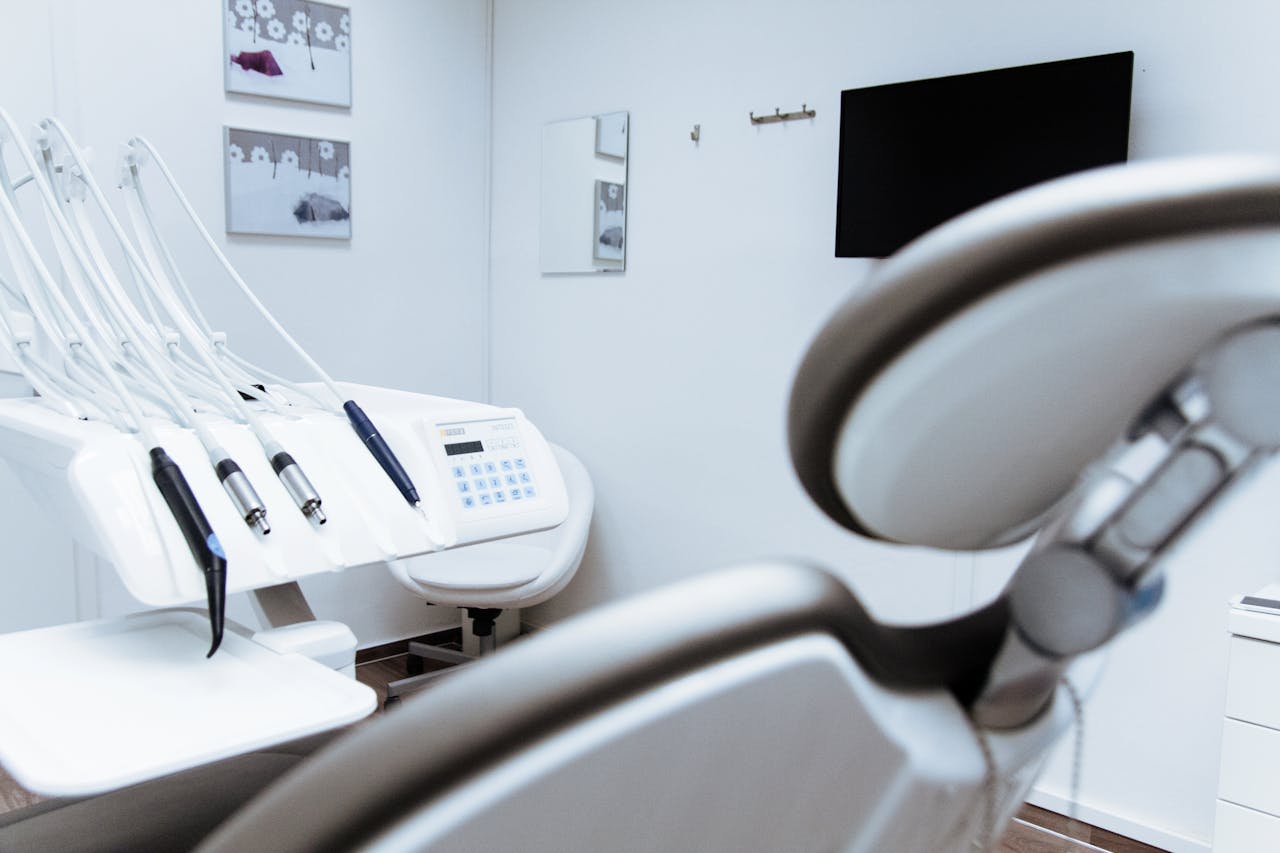

Cross-border provision of healthcare services in the ASEAN region has blossomed during the last few years with the emergence of medical tourism, particularly in Malaysia, Singapore and Thailand.

The positive economic growth experienced by the region has allowed more people to seek medical services elsewhere to get the best treatment possible. Under the ASEAN 12 priority integration sectors that paved the way for the AEC development, one of the prioritised sectors is cross-border trade of healthcare products.
It is then clear that ASEAN has recognised the healthcare sector as increasingly important in the development and establishment of the AEC. In the AEC Blueprint 2015, healthcare services were mentioned as one of the four prioritized services sector to be substantially liberalised by 2010, together with air transport, e-ASEAN and tourism.
Post 2015, with the increasing importance of healthcare, ASEAN member states have agreed to lay out the strategic measures to ensure that development and integration of this sector is systematically implemented. Health cooperation is also an area highlighted under the ASEAN Socio Cultural Community (ASCC) pillar as important to improve the regions resilience against diseases.
Therefore, there may be some form of cross-sectoral cooperation in the healthcare sector in the future. This report aims to review the progress made in the cooperation of integration in healthcare products sub-sector, and in the liberalisation of the healthcare services sub-sector. It will also attempt to analyse the measures under the AEC Blueprint 2025 and propose some recommendations that could improve the current implementation.
The future of healthcare sector in ASEAN is quite promising given the positive projection on the healthcare spending in the member states. By comparison, the average spending per capita in ASEAN is very low compared to that in advanced countries. For example, the average healthcare expenditure in the OECD countries was USD 4,471 in 2014, while the figure for ASEAN was only USD 643, suggesting a large potential for growth in the region.
However, some challenges remain for ASEAN member states to tackle. From the human capital point of view, ASEAN has not really encouraged the mobility of medical, dental and nursing professionals across the region, despite the commitments as exemplified in the MRAs, which has negatively affected supply of talents in some countries7.
When crossborder movement can be allowed, the issue of inadequate supply of doctors and nurses in some areas can be addressed, and quite possibly, all member states would be able to participate in the medical tourism industry to attract patients from outside of the ASEAN region.
ASEAN currently does not have a standardized regional qualification and curriculum in the medical education, resulting in varying standards and skill base, and therefore limiting trade of services.
Solidiance, an Asia-focused management consulting, released a white paper titled “The ~USD 320 Billion Healthcare Challenge in ASEAN” exploring the future cost challenge and value opportunities available in the ASEAN-6 nations.
As healthcare cost in nearly all ASEAN nations are outpacing the economical growth, Solidiance predicted the total healthcare spending would increase from around US$ 425 billion to around US$ 740 billion in 2025. The US$ 320 billion increment must be addressed by ASEAN-6 governments and stakeholders in a move to sustain the future of healthcare industry in Southeast Asia.

The Latest Trends in Digital Payments in Southeast Asia
The digital payment landscape in Southeast Asia (SEA) is marked by rapid growth and innovation, with mobile wallets, RTPs, and BNPL services leading the charge. However, regulatory barriers, limited digital infrastructure, security concerns, and interoperability issues pose significant challenges.

Increasing Digital Health Technology Adoption in Thailand
Thailand has been making significant strides in adopting digital health technologies, positioning itself as a leader in Southeast Asia. The integration of digital technologies is streamlining its eHealth system, including healthcare delivery, enhancing patient convenience, and improving overall efficiency.

Driving the Future of Automotive Lubricants in Southeast Asia
The automotive lubricant industry in Southeast Asia (SEA) is experiencing a significant transformation, largely fueled by digitalization. As consumer demands evolve, urging industry players to ramp up their innovation and efficiency, a noticeable trend in automotive lubricants has emerged across the region, cementing its dominance with a 60% market share. This surge is primarily driven by digital advancements, offering streamlined operations, improved customer experiences, data-driven decision-making, predictive maintenance strategies, and integrating Internet of Things (IoT) technologies

Digitalization in the Automotive Lubricant Industry in Southeast Asia
Automotive lubricant industry in Southeast Asia is at the forefront of digitalization, leveraging technology to enhance every aspect of its operations.